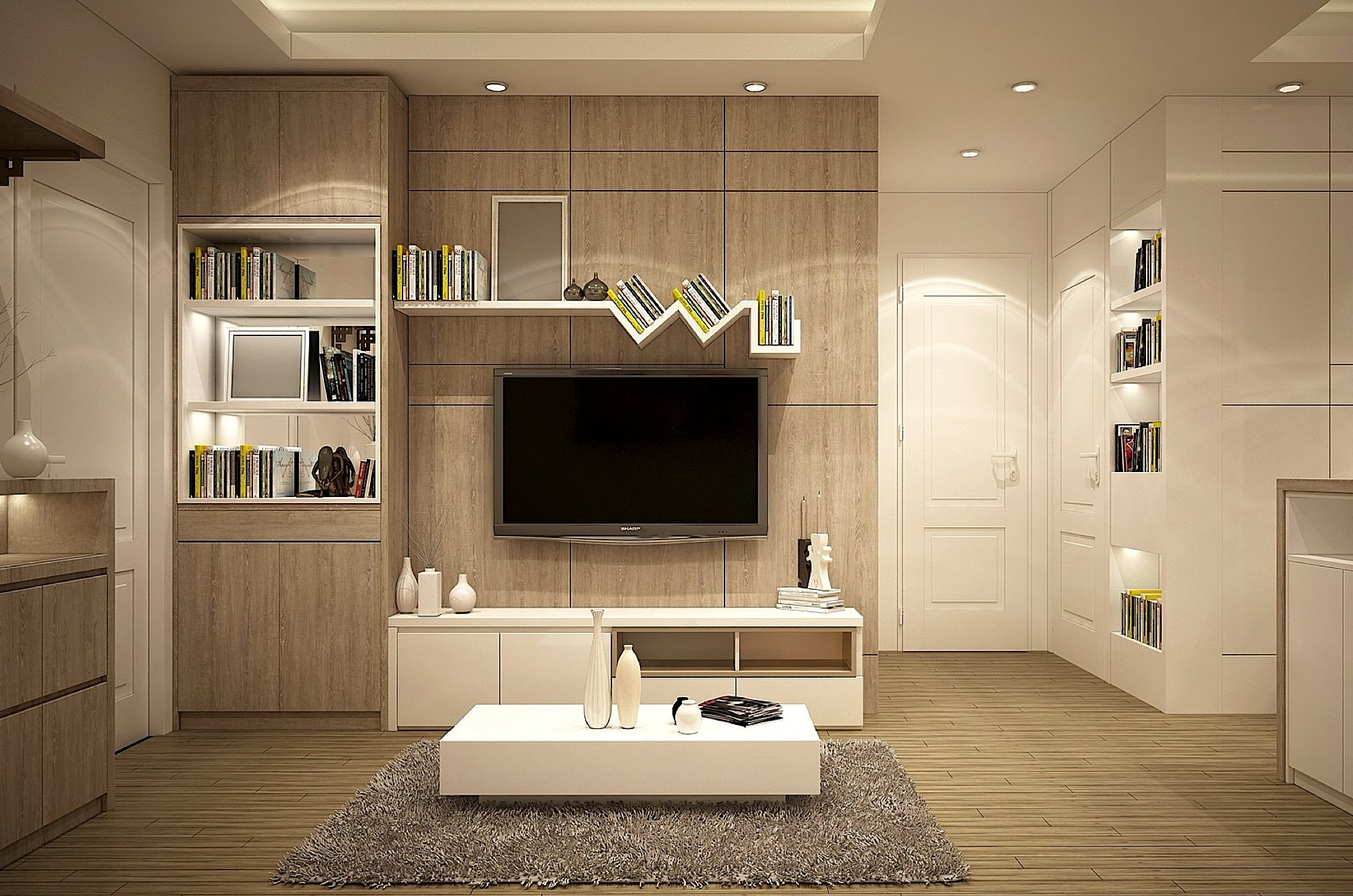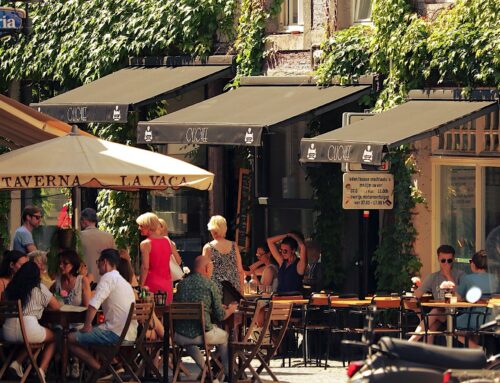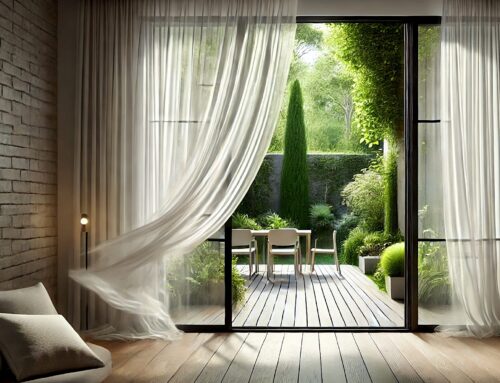Scandinavian minimalism has captivated the world with its clean lines, functionality, and understated beauty. Originating in the Nordic countries—Denmark, Sweden, Norway, Finland, and Iceland—this design philosophy reflects the region’s culture, climate, and values. It’s not just about aesthetics; it’s a way of life that prioritizes simplicity, craftsmanship, and a harmonious connection to nature. Even as trends come and go, Scandinavian minimalism remains timeless, speaking to modern values and universal human needs.
The origins of this design movement trace back to the early 20th century, a time when Nordic countries were grappling with social and political changes. The harsh climate, marked by long winters and limited daylight, demanded functional and efficient living spaces. Resources were often scarce, fostering a design approach that emphasized practicality and simplicity. The Swedish concept of “funktionalism” emerged in the 1930s, focusing on accessible, well-designed products for everyone—not just the wealthy. This egalitarian ethos became a cornerstone of the movement.
Influential designers like Alvar Aalto, Arne Jacobsen, and Hans Wegner championed the philosophy, blending innovation with traditional craftsmanship. Their work reflected an ethos of simplicity, creating designs that were both beautiful and enduring.
At its heart, Scandinavian minimalism is guided by a few key principles. Simplicity is the cornerstone, reflected in uncluttered spaces and clean lines that bring a sense of calm and clarity. Functionality is equally important; every element in a space is carefully chosen to serve a purpose, from multi-functional furniture to ingenious storage solutions. This approach ensures that beauty never comes at the expense of practicality.
Nature deeply influences Scandinavian minimalism, with organic materials like wood, stone, and leather bringing warmth and texture to spaces. Large windows and thoughtful lighting designs maximize natural light, creating bright and airy environments even during the darkest months. The connection to nature isn’t just visual—it’s emotional, grounding the space and its inhabitants in a sense of balance and well-being.
Craftsmanship and quality are essential to this philosophy. Scandinavian minimalism values products that are built to last, rejecting disposability in favour of durability. Every detail is carefully considered, reflecting a deep respect for the materials and the artisans who shape them. This commitment to sustainability aligns with today’s growing awareness of environmental issues, making the philosophy even more relevant in modern times.
It’s no wonder that Scandinavian minimalism resonates so strongly today. In a world that often feels overwhelming and chaotic, the movement offers a sense of clarity and order. By paring down to the essentials, it creates spaces that support mindfulness and relaxation, helping us feel more present and grounded in our daily lives. Its emphasis on natural materials and sustainable practices also aligns with the desire for more eco-conscious living, promoting choices that are kind to both the planet and our well-being.
Ultimately, Scandinavian minimalism is more than a design trend—it’s a philosophy that celebrates the beauty of simplicity and the value of intentional living. It reminds us to slow down, focus on what truly matters, and create spaces that nourish our minds, bodies, and spirits. As we navigate the complexities of modern life, the principles of Scandinavian minimalism offer a timeless guide for crafting homes that are not only beautiful but also deeply meaningful.





